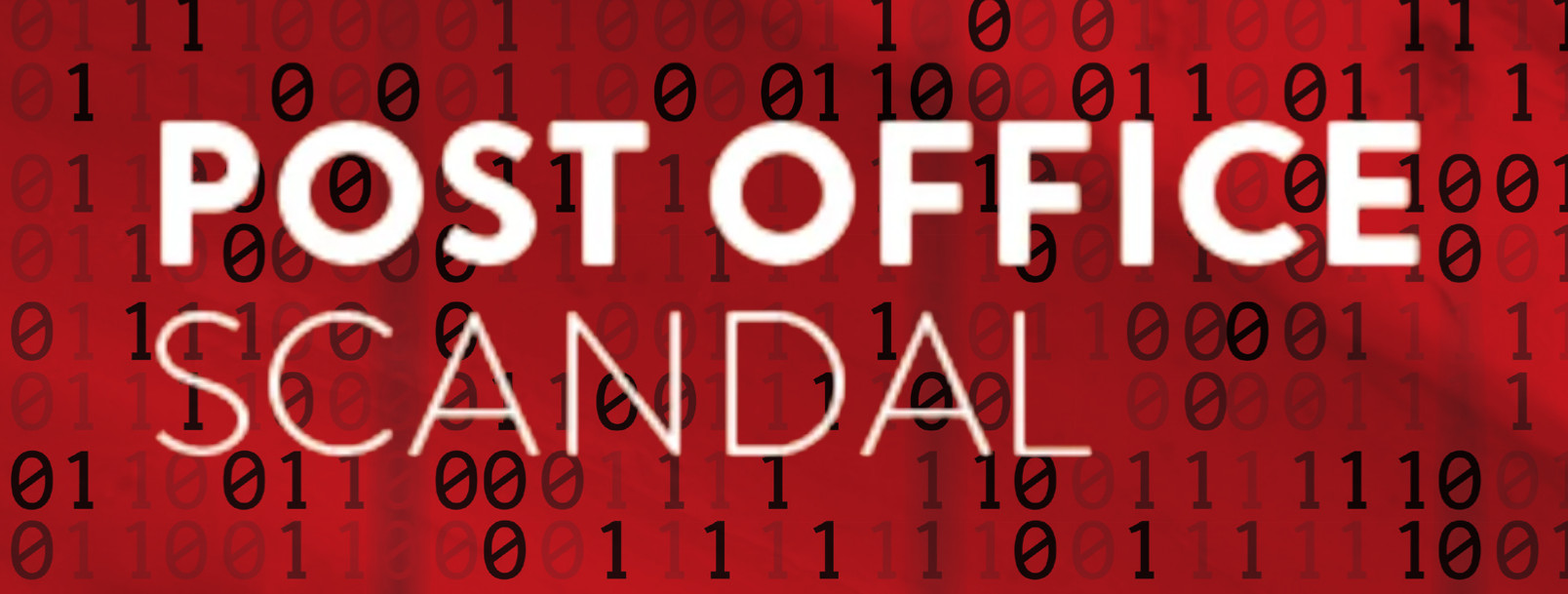
I am grateful to the journalist Tom Webb, who specialises in data protection, for alerting me to an amendment to the Data (Use and Access) Bill, currently going through the House of Lords.
It concerns the legal presumption that “mechanical instruments” (which seems to be taken to include computer networks) are working properly if they look to the user like they’re working properly. This has come in for quite a kicking in recent years. I was first alerted to it in 2013 by the barrister Stephen Mason.
Mason has spent longer than a decade telling anyone who will listen it is a deeply flawed legal presumption. Here he sets out his reasoning. Mason has won some influential supporters along the way, including Lord (James) Arbuthnot who has also spent longer than a decade campaigning on behalf of Subpostmasters affected by the Post Office scandal.
Although the “mechanical instruments” presumption has never, to the best of my knowledge, been quoted in any civil or criminal proceedings involving a Subpostmaster, it has been said to effectively reverse the burden of proof on anyone who might be convicted using digital evidence.
The logic being if the courts are going to assume a computer was working fine at the time an offence allegedly occurred because it looked like it was working fine, it is then down to the defendant to prove that it was not working fine. This can be extremely difficult to do (per the Seema Misra/Lee Castleton cases).
This is the amendment proposed by Lord Arbuthnot and others. I am grateful to Tom for bringing it to my attention. It says:
After Clause 132, insert the following new Clause –
“Reliability of computer-based evidence
(1) Electronic evidence produced by or derived from a computer, device or computer system (separately or together “system”) is admissible as evidence in any proceedings –
(a) where that electronic evidence and the reliability of the system that produced it or from which it is derived are not challenged;
(b) where the court is satisfied that the reliability of the system cannot reasonably be challenged;
(c) where the court is satisfied that the electronic evidence is derived from a reliable system.

(2) Rules of Court must provide that electronic evidence sought to be relied upon by a party in any proceedings may be challenged by another party as to its admissibility.
(3) For the purposes of subsection (1)(b), Rules of Court must provide for the circumstances in which the Court may be satisfied that the admissibility of electronic evidence cannot reasonably be challenged.
(4) When determining whether a system is reliable for the purposes of subsection (1)(c) the matters that may be taken into account include –
(a) any instructions or rules of the system that apply to its operation;
(b) any measures taken to secure the integrity of data held on the system;
(c) any measures taken to prevent unauthorised access to and use of the system;
(d) the security of the hardware and software used by the system;
(e) any measures taken to monitor and assess the reliability of the system by the system controller or operator including steps taken to fix errors or address unexpected outcomes including the regularity of and extent of any audit of the system by an independent body;
(f) any assessment of the reliability of the system made by a body with supervisory or regulatory functions;
(g) the provisions of any scheme or industry standard that apply in relation
to the system.
(5) For the purposes of this section –
“computer” means any device capable of performing mathematical or logical instructions;
“device” means any apparatus or tool operating alone or connected to other apparatus or tools, that processes information or data in electronic form;
“electronic evidence” means evidence derived from data contained in or produced by any device the functioning of which depends on a software program or from data stored on a computer, device or computer system or communicated over a networked computer system.”
Member’s explanatory statement
This amendment overturns the current legal assumption that evidence from computers is always reliable which has contributed to miscarriages of justice including the Horizon Scandal. It enables courts to ask questions of those submitting computer evidence about its reliability.
To read the amendment within the list of Lords amendments to the Bill so far, click here and scroll down to page 45.
The journalism on this blog is crowdfunded. If you would like to join the “secret email” newsletter, please consider making a one-off donation. The money is used to keep the contents of this website free. You will receive occasional, irregular but informative email updates about the Post Office Horizon IT scandal.

Leave a Reply